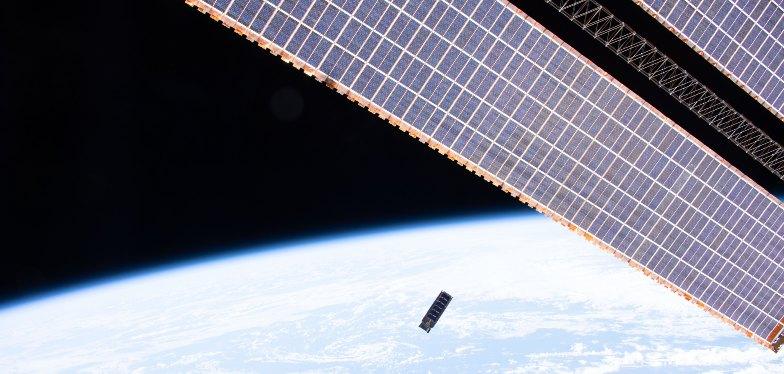QARMAN, a Belgian nano-satellite in orbit
The QARMAN nano-satellite, designed and built entirely by the von Karman Institute (VKI) in Rhodes-Saint-Genèse, has been put into orbit from the International Space Station.

The QARMAN (Qubesat for Aerothermodynamic Research and Measurements on AblatioN), the design of which started in 2013 at the VKI, is the first nano-satellite designed to resist its re-entry into the atmosphere instead of being consumed on contact with it as is the case for most traditional devices. An ambitious project on a technical level that has cost more than €12 million.
The main aim of the mission for this nano-satellite measuring 38 centimetres long for slightly over 5 kg is zero space debris. As Amandine Denis, QARMAN Project Manager at VKI, explains "We want to analyse how waste disintegrates on re-entry into the atmosphere. Currently, some of the debris that passes through this layer lands on earth. Therefore, it is essential to improve our understanding of how it will disintegrate in order to reduce the quantity of waste. QARMAN has 18 minutes, namely the time needed for its re-entry, to collect all the data it needs."
To achieve this goal, it is necessary to wait another seven months, namely the time needed for this nano-satellite launched from the International Space Station on 19 February, 400 kilometres from earth, to finally re-enter the atmosphere.